Optimal Timing for Rough Mowings
Rough mowings are typically performed during specific periods to ensure optimal turf health and appearance. The best time for these mowings depends on grass type, climate, and intended use. Proper timing helps promote healthy growth and prevents damage to the turf.
Spring is an ideal time for rough mowings as grass begins to grow actively. It prepares the turf for the growing season and removes dead or accumulated material.
Performing rough mowings during late summer or early fall helps manage overgrown areas and promotes healthy regrowth before winter.
After winter dormancy, rough mowings help remove dead grass and prepare the turf for spring recovery.
During peak growing periods, mowing frequency may increase to maintain turf health and appearance.
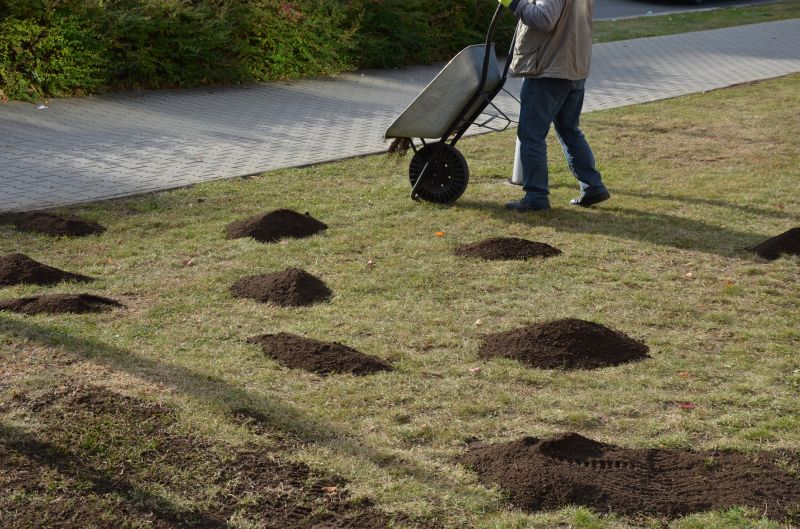
Ways to make Rough Mowings work in tight or awkward layouts.
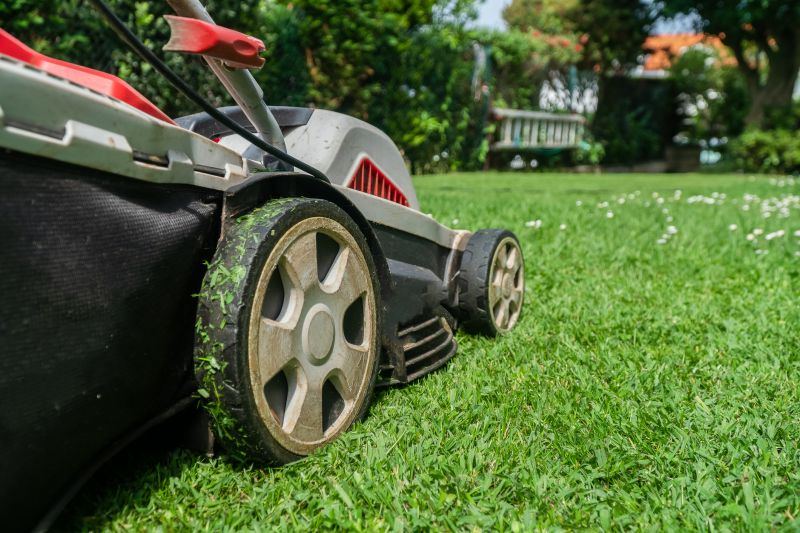
Popular materials for Rough Mowings and why they hold up over time.
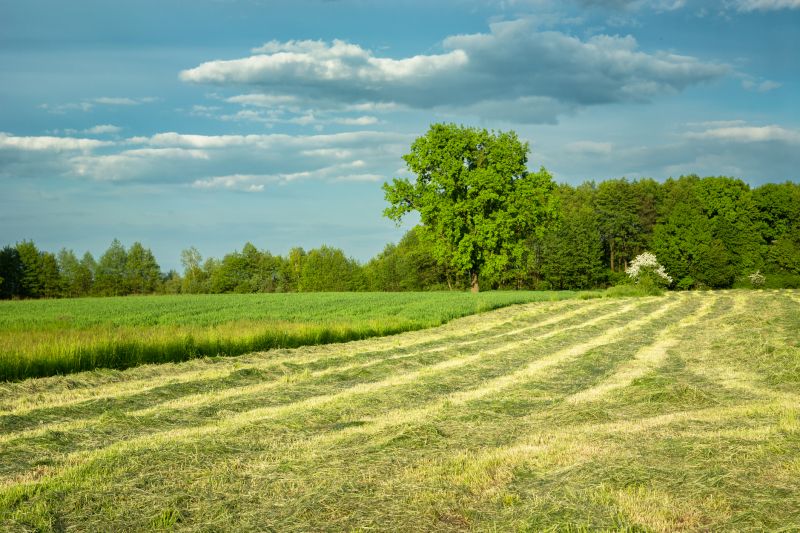
Simple add-ons that improve Rough Mowings without blowing the budget.
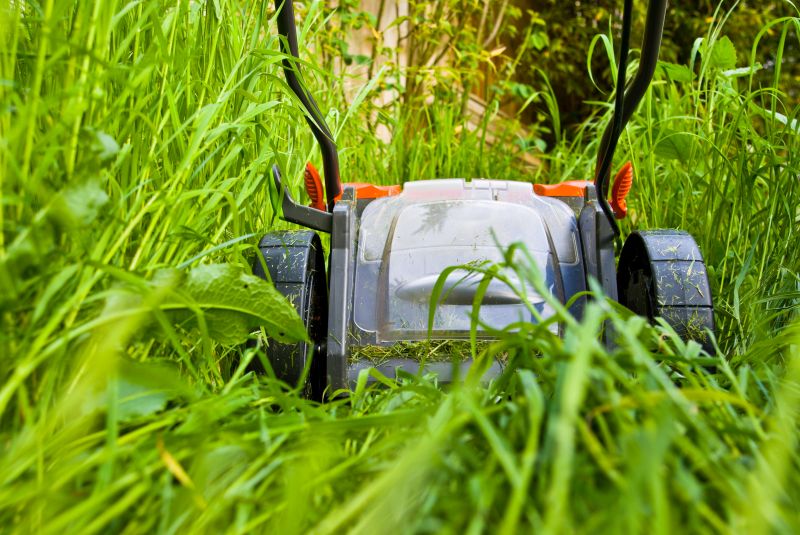
High-end options that actually feel worth it for Rough Mowings.
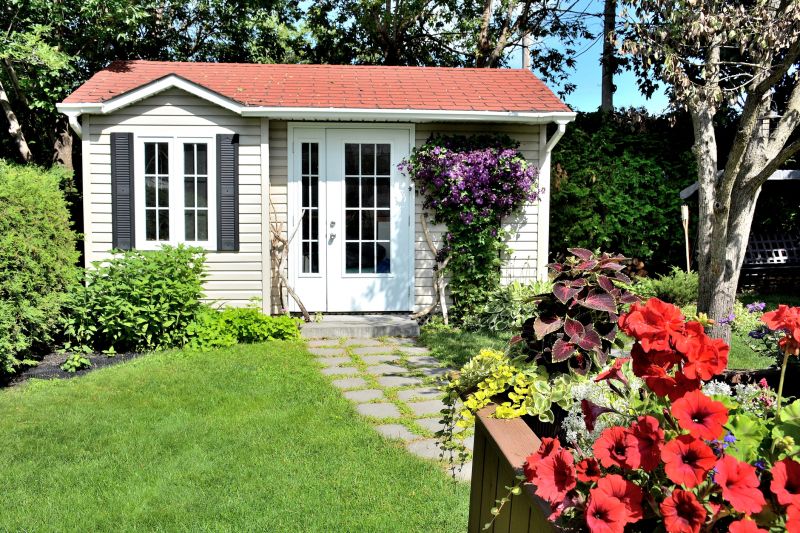
Finishes and colors that play nicely with Rough Mowings.

Little measurements that prevent headaches on Rough Mowings day.
| Season | Recommended Mowing Time |
|---|---|
| Spring | Early to mid-spring when grass begins to grow actively. |
| Summer | As needed during peak growth periods, avoiding extreme heat. |
| Fall | Late summer to early fall to manage overgrowth. |
| Winter | Post-winter dormancy, when grass begins to recover. |
| Post-Season | After heavy growth periods or weather-related overgrowth. |
Rough mowings play a vital role in maintaining healthy turf by removing excess growth and preparing the grass for upcoming growth cycles. Proper timing ensures that the turf remains resilient and visually appealing throughout the year. Regular assessments of grass condition and growth patterns support optimal scheduling for rough mowings.
